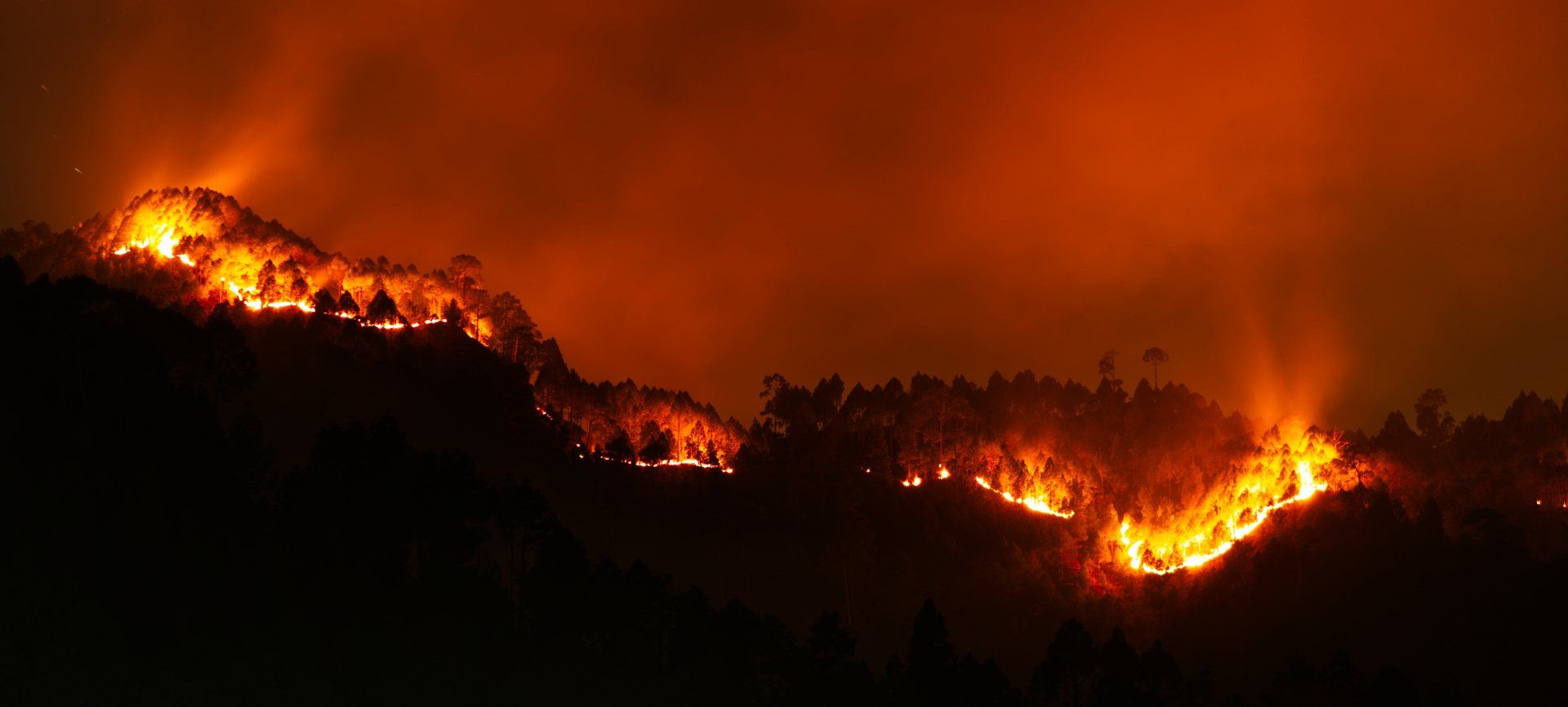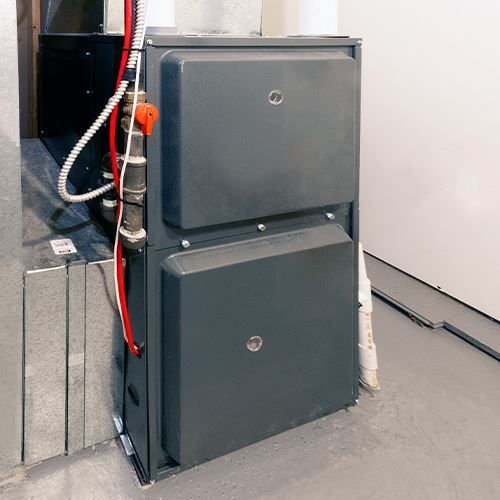Located in Everett, WA and serving both North King & Snohomish Counties.
Contact Our Experts Today!
Ductless Mini-Splits for Home Additions and Renovations
When it comes to home additions and renovations, finding the right HVAC solution can be challenging. Traditional ducted systems may not always be feasible or cost-effective. That's where ductless mini-splits come in. In this comprehensive guide, we will explore the benefits, installation process, and maintenance tips for ductless mini-splits, helping you make an informed decision for your home improvement project.

Benefits of Ductless Mini-Splits
Ductless mini-splits offer numerous advantages over traditional HVAC systems. Here are some key benefits to consider:
Energy Efficiency: Ductless mini-splits are highly energy-efficient, allowing you to save on utility bills while reducing your carbon footprint. Their zoning capabilities enable precise temperature control in individual rooms, avoiding wasted energy in unoccupied spaces.
Flexible Installation: Unlike traditional ducted systems, ductless mini-splits require minimal construction work. The indoor air handlers are compact and can be mounted on walls or ceilings, providing flexibility in design and placement.
Improved Indoor Air Quality: Ductless mini-splits feature advanced filtration systems that remove dust, allergens, and other airborne particles. This is especially beneficial for individuals with respiratory conditions or allergies.
Installation Process
Installing ductless mini-splits for home additions and renovations involves several crucial steps. Here's a simplified overview:
- Load Calculation: A professional HVAC technician will assess the heating and cooling requirements of your new space, considering factors like insulation, square footage, and orientation.
- Indoor Unit Placement: The indoor air handlers should be strategically placed for optimal airflow and coverage. They are connected to the outdoor unit through a small conduit, eliminating the need for extensive ductwork.
- Outdoor Unit Installation: The outdoor unit, typically placed on a wall or the ground, houses the compressor and condenser. It should be positioned in a well-ventilated area away from direct sunlight or obstructions.
- Electrical and Refrigerant Connections: The HVAC technician will connect the indoor and outdoor units, ensuring proper electrical wiring and refrigerant lines are in place.
Maintenance Tips
To keep your ductless mini-split system running smoothly and efficiently, regular maintenance is essential. Here are some tips to prolong its lifespan:
- Clean or Replace Air Filters: Clogged filters restrict airflow and reduce system efficiency. Clean or replace the filters every few months, or as recommended by the manufacturer.
- Clear Outdoor Unit: Ensure the outdoor unit is free from debris, leaves, and vegetation. Regularly clean the unit and remove any obstructions that may hinder airflow.
- Professional Inspections: Schedule annual maintenance inspections with a certified HVAC technician to identify and address any potential issues before they escalate.
Ductless mini-splits offer an ideal solution for home additions and renovations, providing energy-efficient heating and cooling without the need for extensive ductwork. By following the installation process and maintenance tips outlined in this guide, you can maximize the benefits and longevity of your ductless mini-split system.
At Better Air NW, we specialize in ductless mini-splits for home additions and renovations in Seattle, WA. Our team of experienced technicians can assess your specific requirements and provide tailored solutions.
Contact us today to learn more about our services and schedule a consultation.
Categories:








